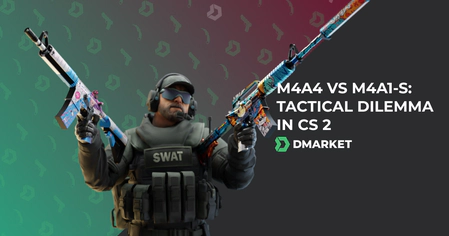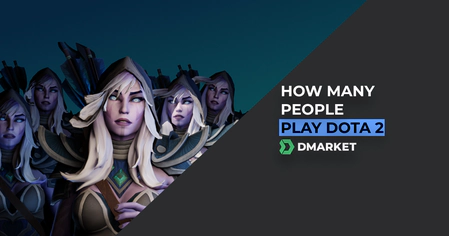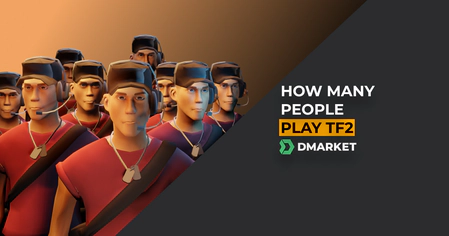How Many People Play Rust (2024 Stats)
It’s easy to get addicted to Rust — certainly, in a good way. The game is so good! And the more you play it, the more interesting it becomes. Your skills improve gradually, and as you start to understand the whole adventure better, you discover some not-so-obvious mechanics, and actually become part of the community.












